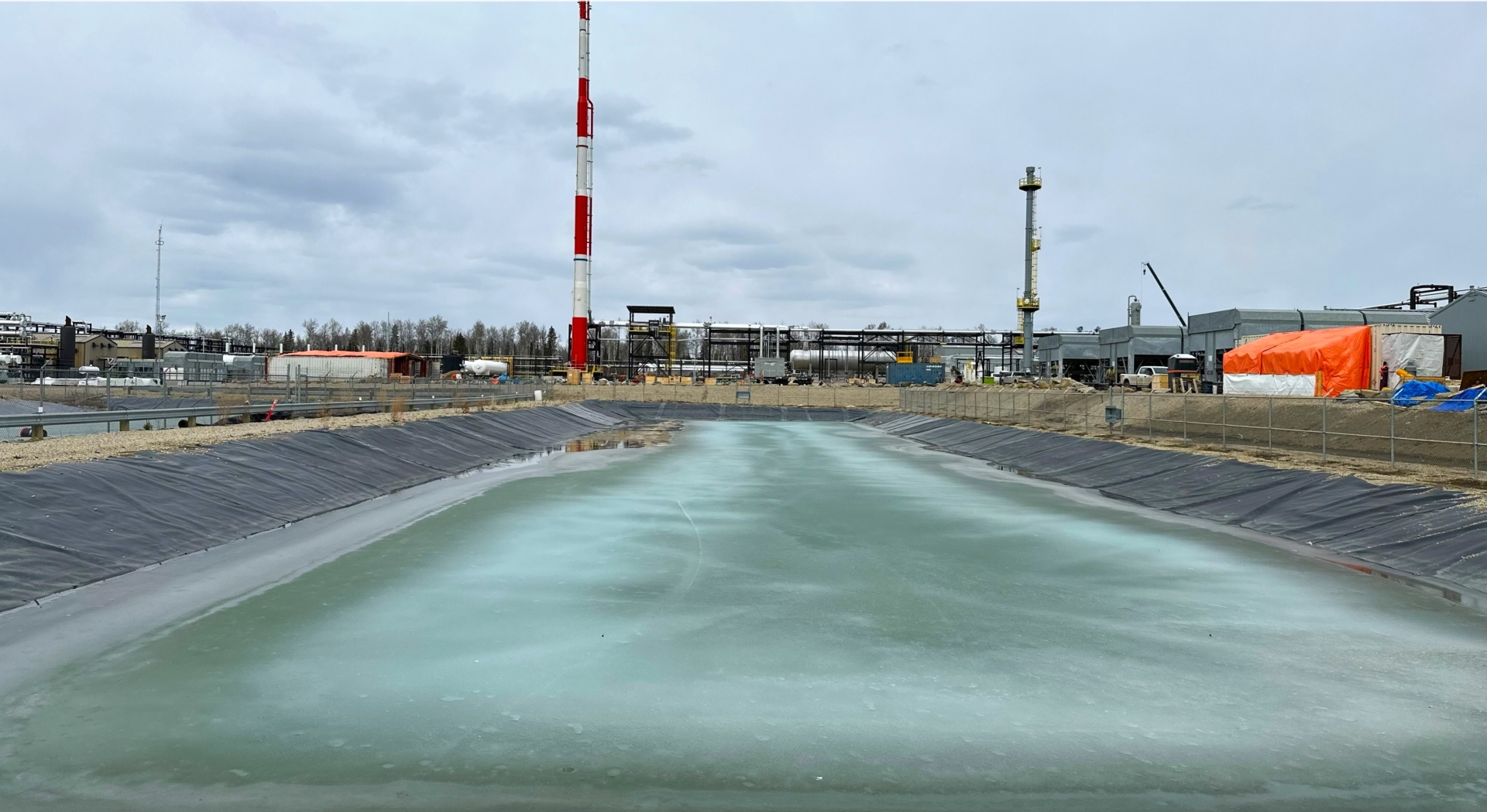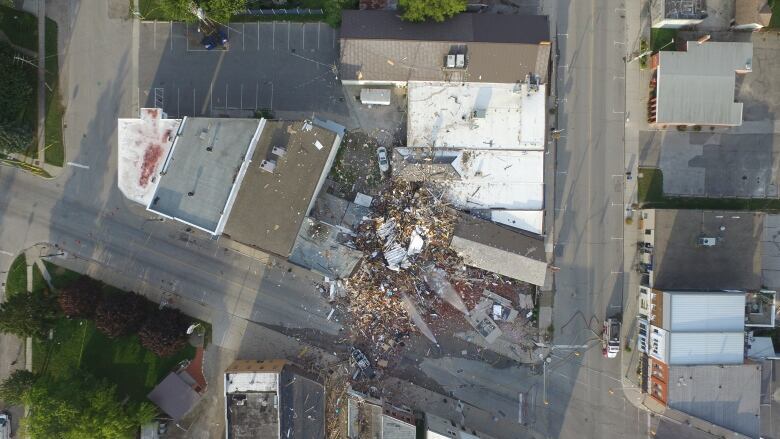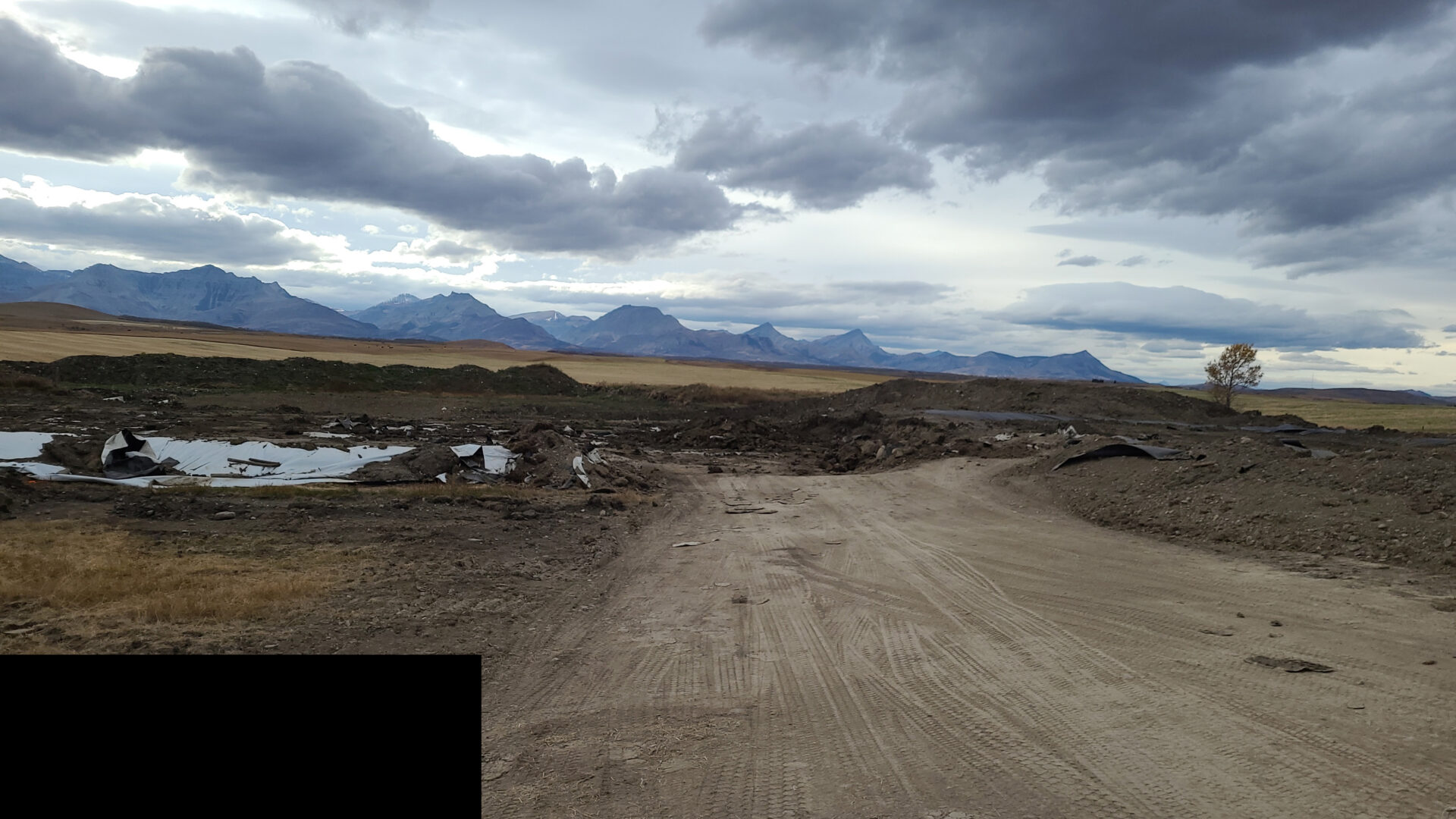At 360, roughly 50% of our day to day activities are centered around the transaction space. Historically, the split was heavily weighted on the buy side of the transaction – evaluating and quantifying incoming liabilities and looking under the rug for outlier liabilities that could materially affect the purchase price and/or deal scope. In the past 18 months we have seen a significant shift toward sellers engaging our team in advance of a sale process to provide an independent assessment of the liabilities in their asset portfolio – including what’s under their rug. Ultimately, the rationale behind this is twofold; the first is the desire to be fully informed for subsequent negotiations following buyer due diligence and the second is having the intel to better direct asset retirement budgets to create the most meaningful impact inside of the pre-sale window – this post will focus on the latter.
On the buy side of liability assessments, the evaluation process can vary based on the size of the transaction, the time available for due diligence and budget. Because of this, and in most instances, asset portfolios are stratified into populations (based on asset type/vintage/area etc.) and a representative sample grouping from each population is comprehensively reviewed with the results then being extrapolated across the remainder of the like-populations. While not an exact science, the net result of this process yields a representative liability value. On the sell side, this creates the potential for an artificially high liability assessment – particularly for sellers with limited historical end of life data. This is better illustrated with an example:
The selling company has a grouping of 30 abandoned wells that are all of similar vintage and type. 5 of these have had a Phase 1 ESA completed and all 5 failed. Of the 5 that failed, 2 have progressed to have a Phase 2 ESA completed. The results have determined that one of the sites will require $250,000 in remediation/reclamation and one of the sites will require $20,000 in remediation/reclamation. Because typical due diligence does not include any form of invasive assessment (further testing etc.), when applying liability values to the original grouping of 30 abandoned wells, the assessed value is based on the limited data that is available from the 5 wells that failed the Phase 1 ESA and the 2 wells that have a remediation/reclamation budget following the Phase 2 ESA. Simple math tells us that the total remediation/reclamation budget for the grouping of 30 will fall somewhere between $600K and $7.5M. That’s quite the delta. Inevitably, even with considerations based on regional experience, significant contingency values are layered into the final assessment – tending to error on the higher side of the split especially from a buy side perspective. Resultantly, this can translate to a negotiated change in the purchase price of the asset or a change in the scope of the package.
We feel that a greater understanding of the liability associated with a full portfolio of assets allows operators to assign effective, efficient and impactful budget dollars. This in-turn can have a material impact when divesting or acquiring assets because of a heightened awareness and actual data to reinforce.
At 360, we work with our clients to understand their full scope of liabilities – what’s under your rug?
Mark

About the Author
Mark Ashton, President
Mark is a graduate of the University of Alberta and has 13 years of experience in the oil and gas industry. Prior to founding 360 in 2015, Mark spent time in both field and office-based roles for a major oilfield services company where he developed a reputation for visionary leadership and an aptitude for improving operational efficiencies. As a leader, Mark epitomizes integrity, energy, hard work, and attention to detail; qualities which permeate the company’s culture. His example promotes an environment focused on innovative thought, continual improvement and celebrating achievements. Outside of the office, Mark is an Institute of Corporate Directors Certified Director and sits as a director on the board for The Balance Foundation and Co-Chairs the board of The Calgary Downtown Association.
































































